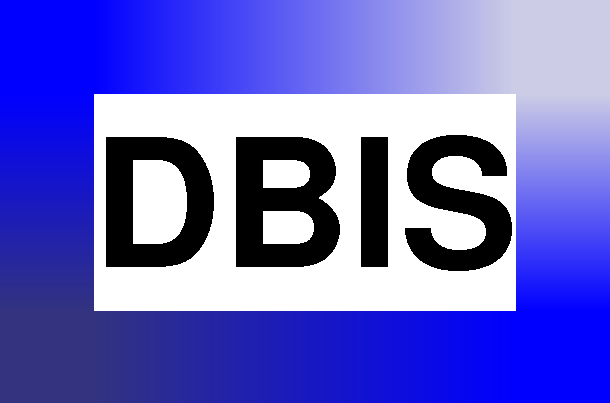Evolution and reactivity in the Semantic Web address the vision
and concrete need for an active Web, where data sources evolve
autonomously and perceive and react to events. In 2004, when the
REWERSE project started, regarding work on Evolution and
Reactivity in the Semantic Web there wasn't much more than a
vision of such an active Web.
Materialising this vision requires the definition of a model,
architecture, and also prototypical implementations capable of
dealing with reactivity in the Semantic Web, including an
ontology-based description of all concepts. This resulted in a
general framework for reactive Event-Condition-Action rules in the
Semantic Web over heterogeneous component languages.
Inasmuch as heterogeneity of languages is, in our view, an important
aspect to take into consideration for dealing with the heterogeneity
of sources and behaviour of the Semantic Web, concrete homogeneous
languages targeting the specificity of reactive rules are of course
also needed. This is especially the case for languages that can cope
with the challenges posed by dealing with composite structures of
events, or executing composite actions over Web data.
In this chapter we report on the advances made on this front, namely
by describing the above-mentioned general heterogeneous framework, and
by describing the concrete homogeneous language XChange.


